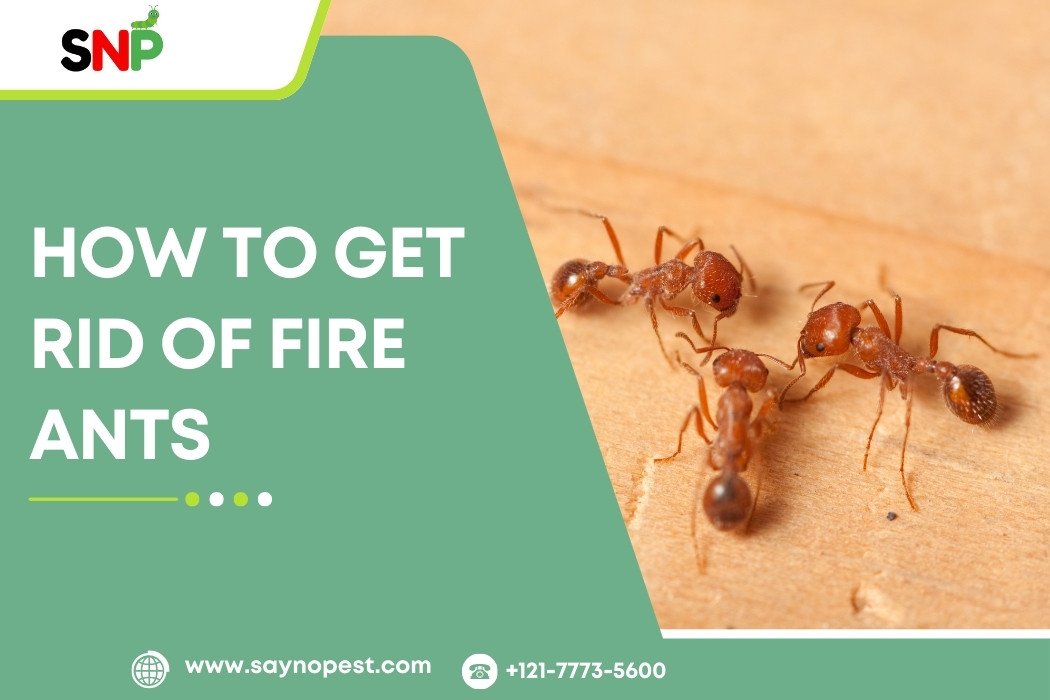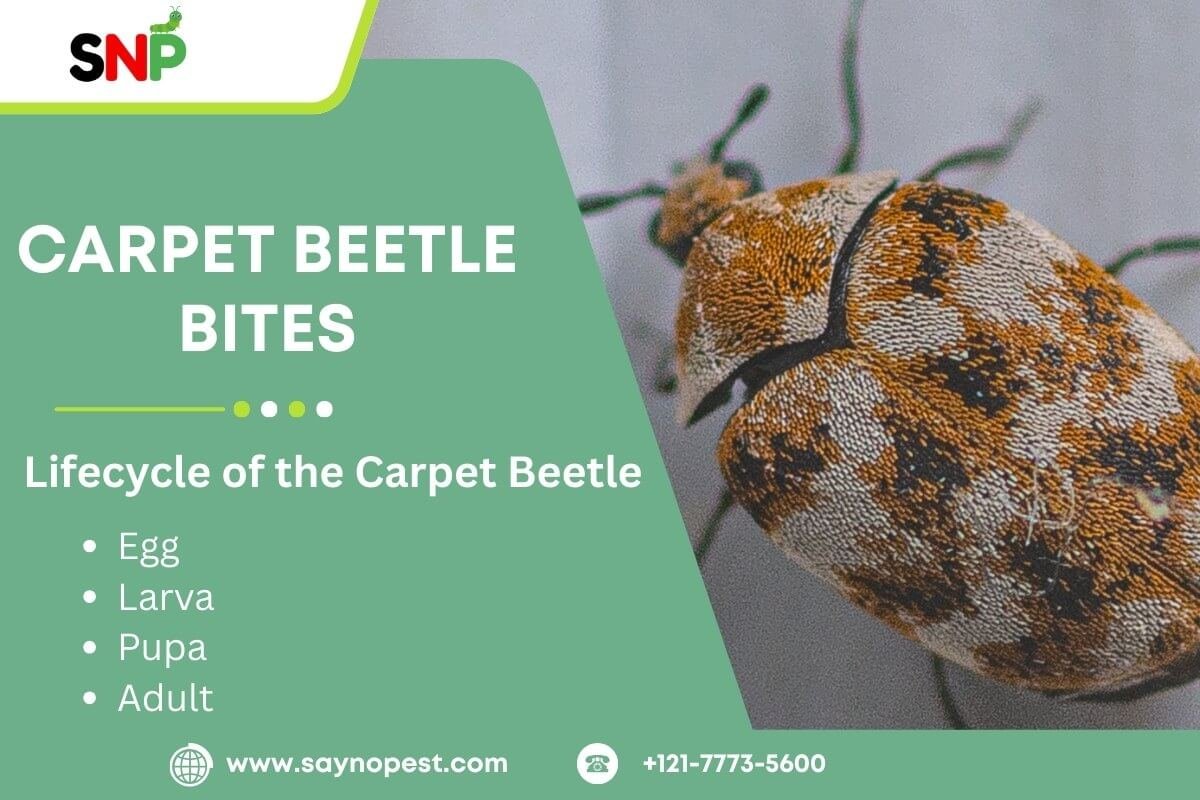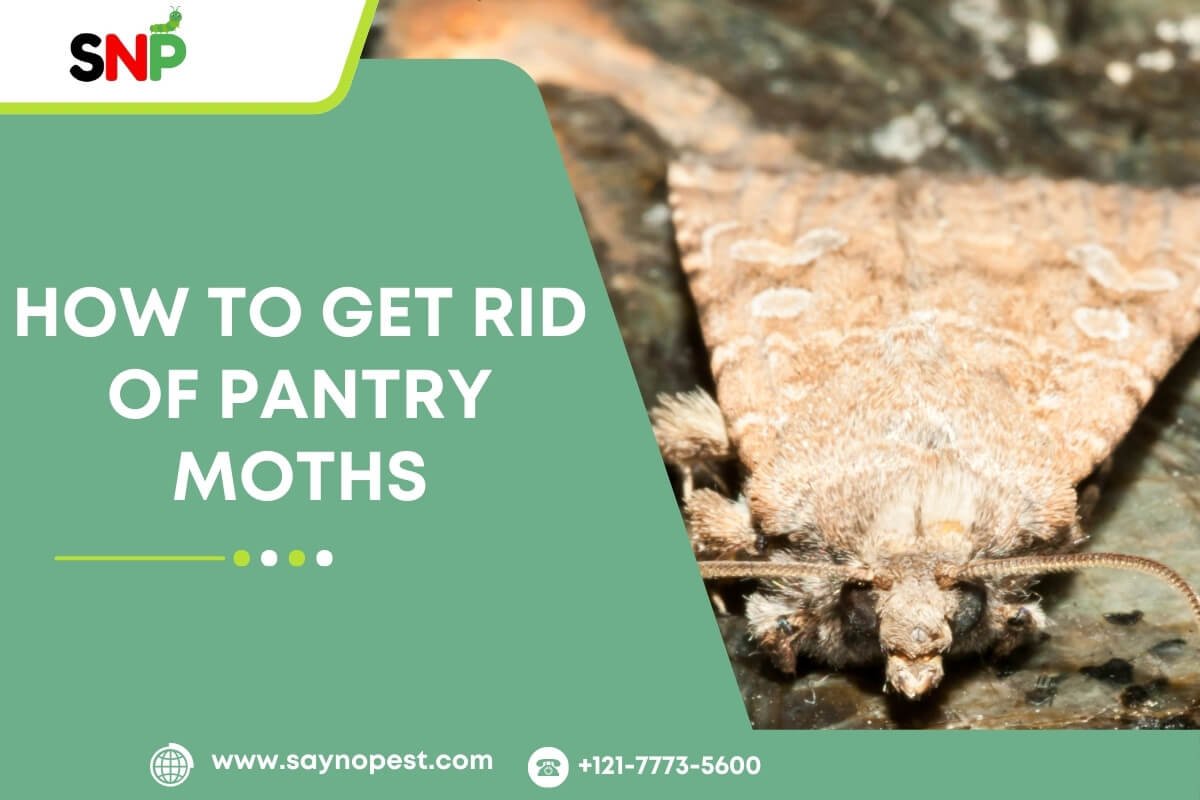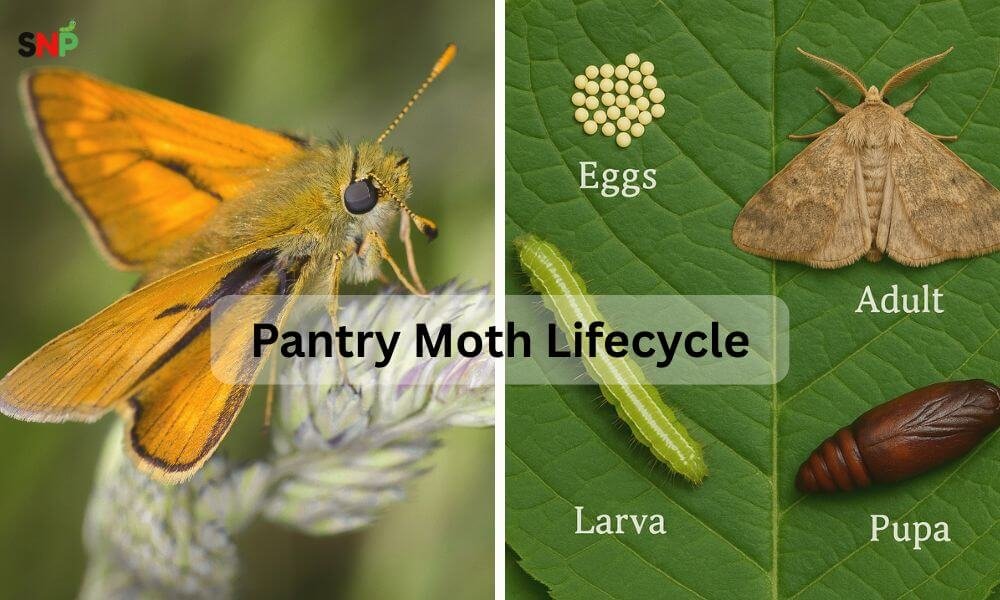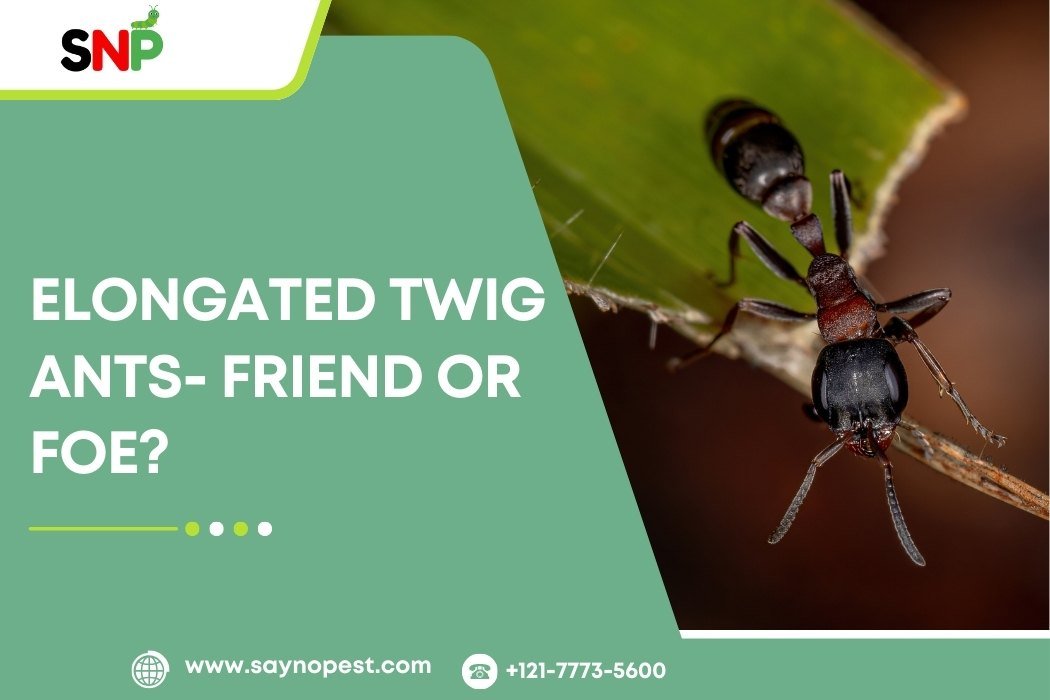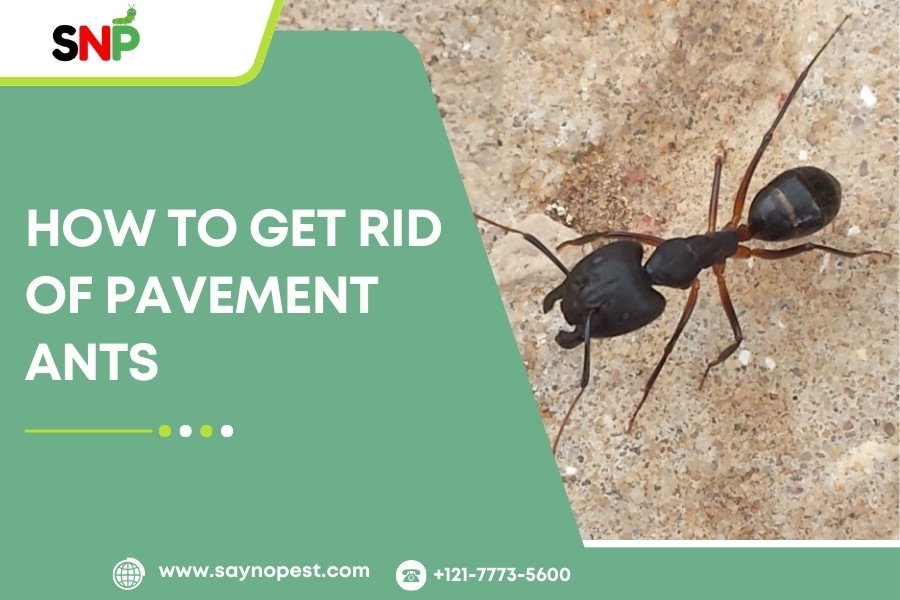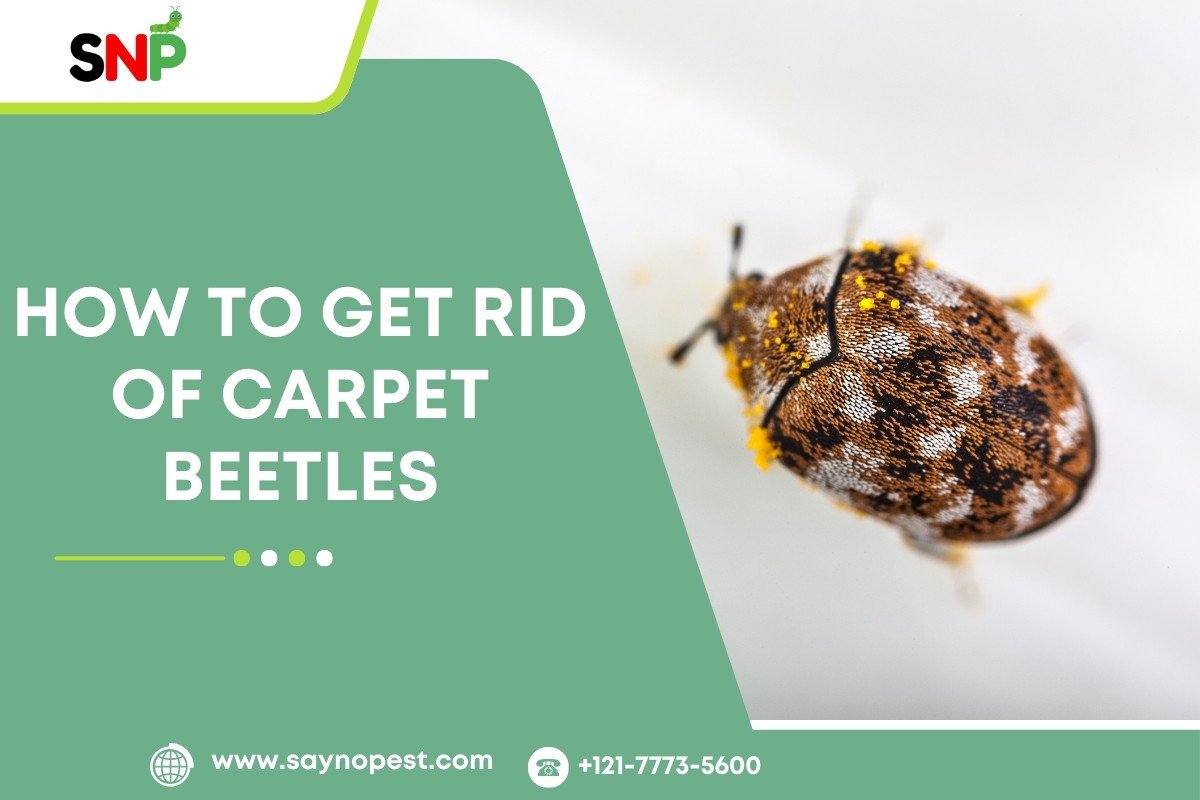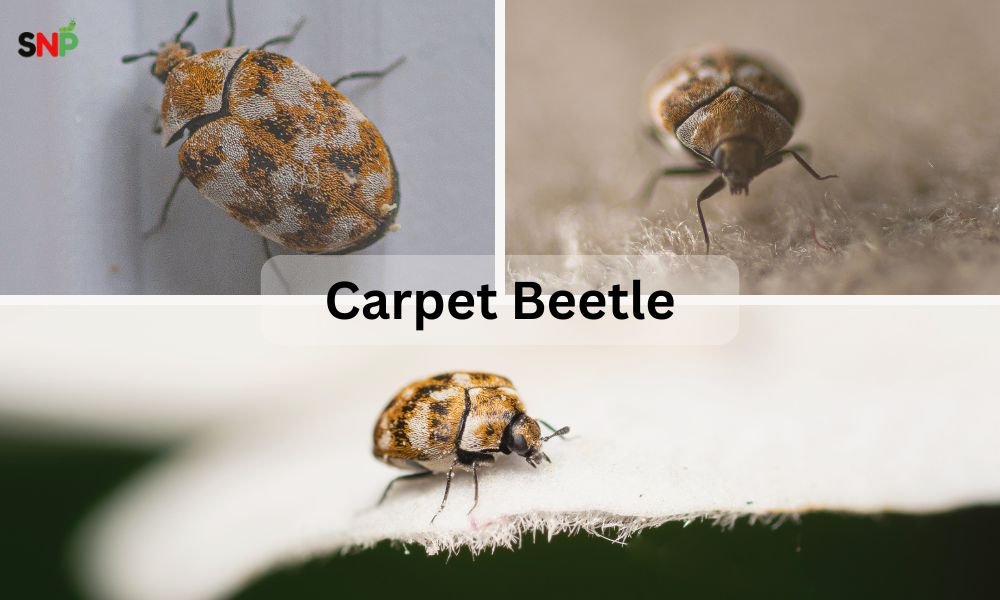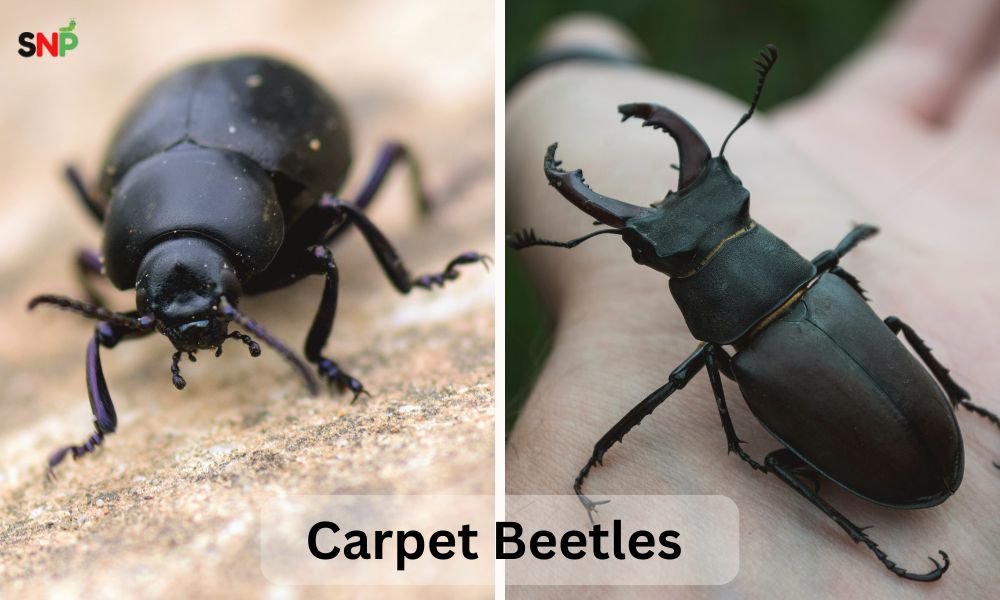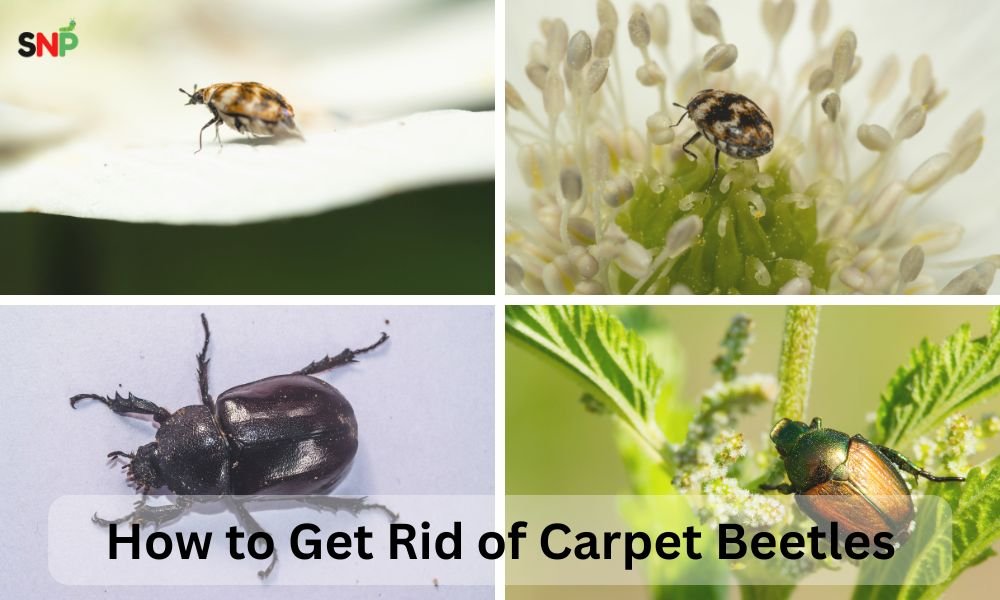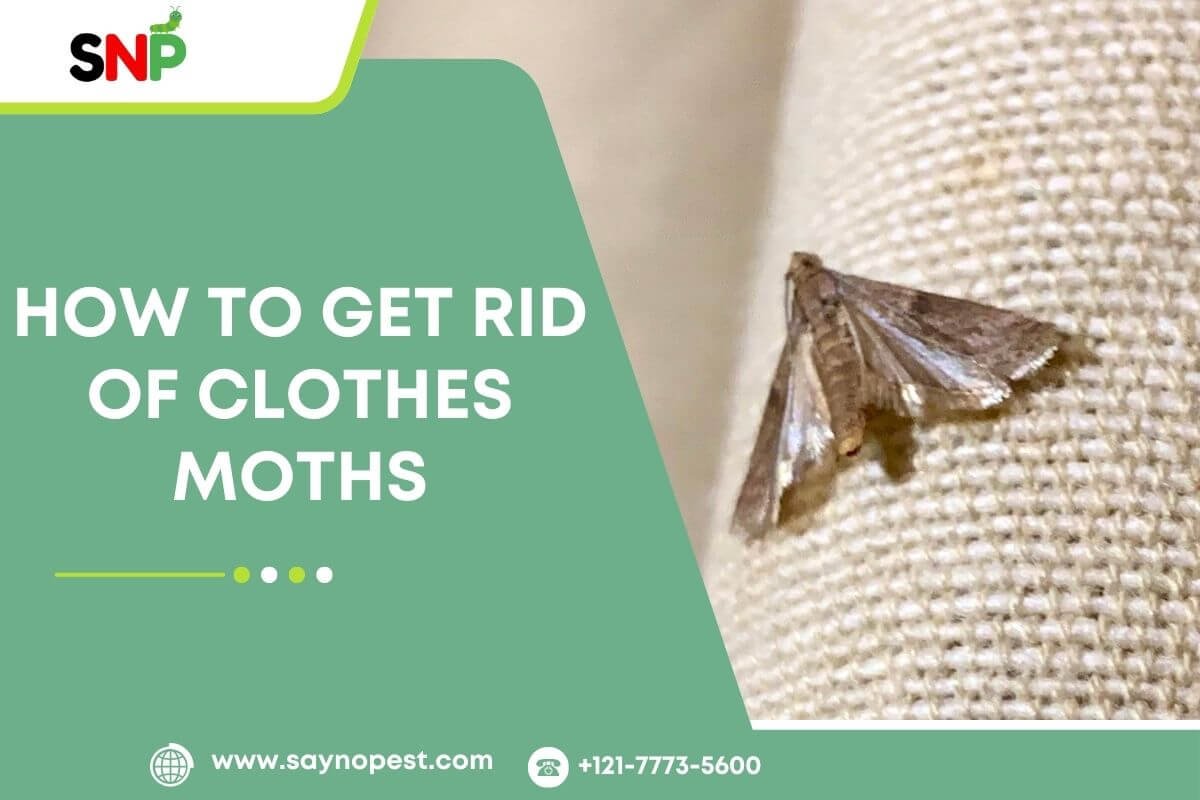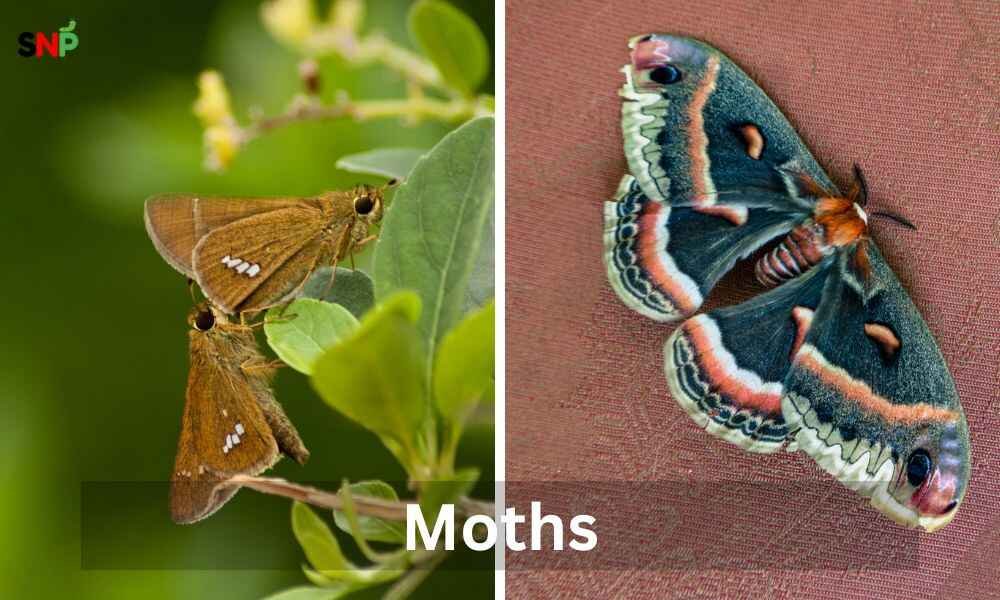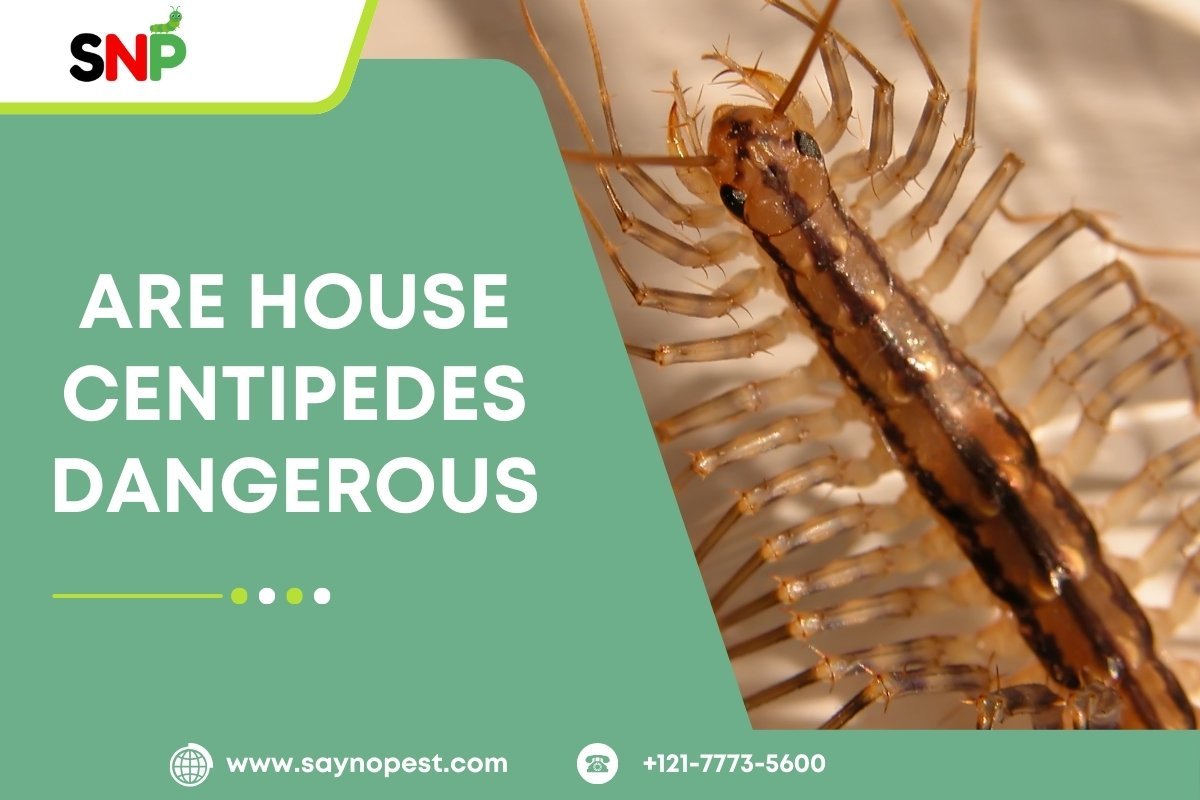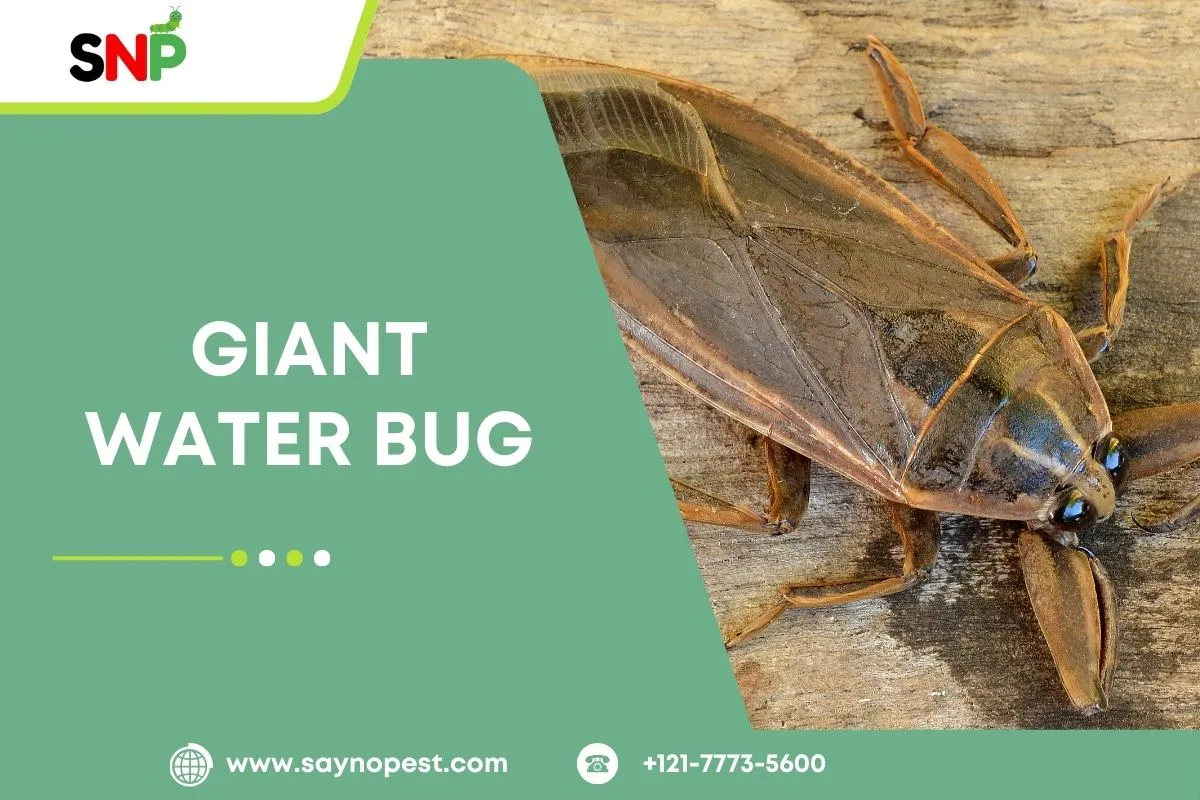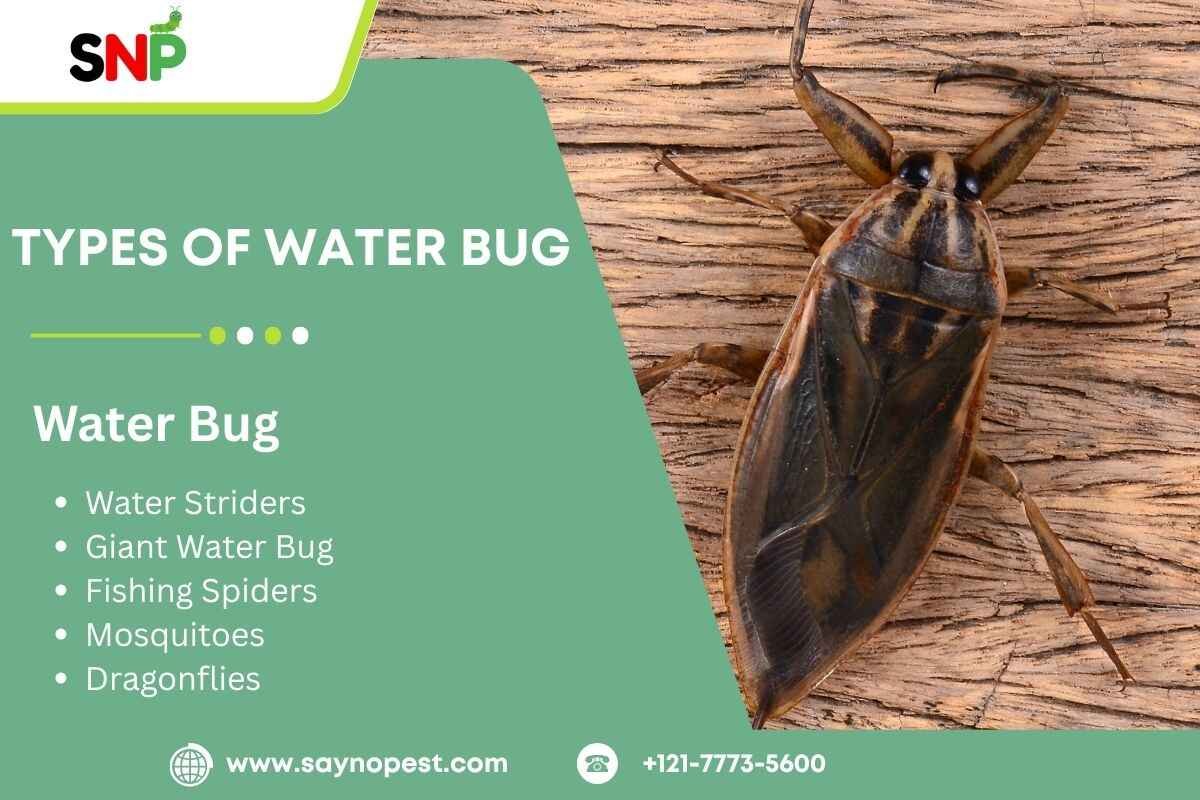Introduction
If you are one of the people who are looking for how to get rid of fire ants, you are at the right place.
Fire ants are a problem graver than people generally think. They are a serious health hazard, be it for families or pets. Their stings can even cause allergic reactions sometimes. Knowing the ways to end the infestation of fire ants in a safe manner that does not take up a lot of time is important. This will help you in protecting yourself.
Discover What Do Fire Ants Look Like?
First, before you are able to exterminate them, you need to learn what do the fire ants look like.
They are most often copper brown with a very dark in color, with a nearly black abdomen. The size of ants is between 2 to 6 millimeters. The shape of their bodies is like an hourglass with two large nodes right before the abdomen, which is clearly visible.
The fire ants don’t attack first of all, rather they are provoked, if their mound is turned over, hundreds of them will be ready instantly and attack.
Their mounds resemble dome-shaped heaps of upturned soil and typically do not have a readily identifiable entry point.
One can find red-brown ants of various sizes coming out of these mounds in sunny places such as lawns, gardens, and even along the pavements. If you see different sizes of red-brown ants coming out from soil mounds, then you are dealing with fire ants. Understanding what do fire ants look like is the first step to any successful control strategy.
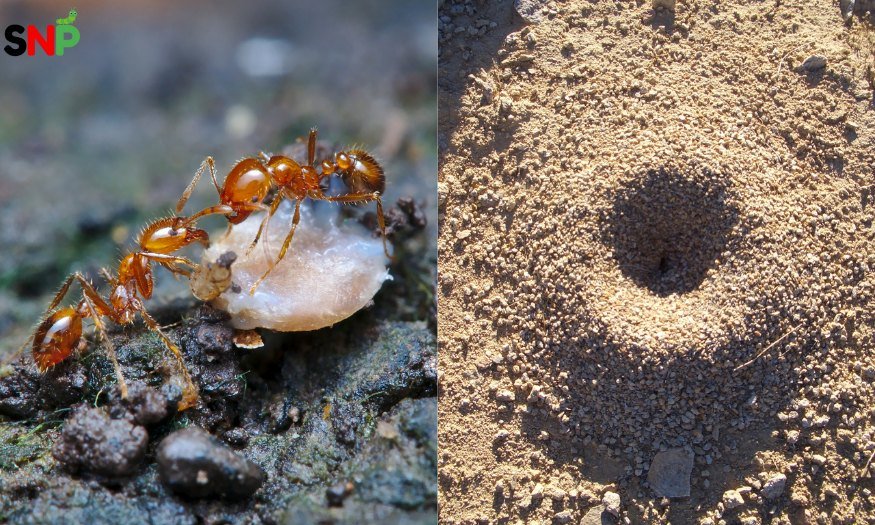
Easy and Environmental Friendly Ways to Get Rid of Fire Ants
In case you are the one that gives great importance to your health or you have pets and kids, it is quite possible that you will opt for the nature-based solutions as the starting point of how to get rid of fire ants. Here, we are presenting you the safe and proven remedies:
- Hot Water: You have to pour 2-3 gallons of boiling water directly to the nest. In this case, you should be very careful, as this method can damage the grass and plants nearby and you might also have to repeat the process.
- Diatomaceous Earth (DE): You can either sprinkle food-grade DE around and on the nest. The powdered type of DE makes them dehydrated. It is non-toxic to human beings and animals.
- Beneficial Nematodes: Residing in the soil, these microscopic creatures are capable of killing fire ants within a few days. Apply nematodes as per the guidelines given on the package and then don’t forget to water the area in the end for the best outcome.
- Botanical Oils: Citrus oil which is rich in the monoterpene d-limonene, peppermint, and rosemary oils are natural ant repellents. Adding water to the citrus oil will allow it to be poured over the nest. If diluted essential oils are sprayed all over the ant tracks, it’s quicker to move the ants away.
- Dish Soap and Cayenne Pepper: Mix cayenne pepper and dish soap with water and then you can either water the mound with it.
Despite the fact that these natural substances may reduce the number of ants significantly, but the likelihood of completely wiping out the colonies of fire ants remains rather low.
How to Get Rid of Fire Ants Permanently
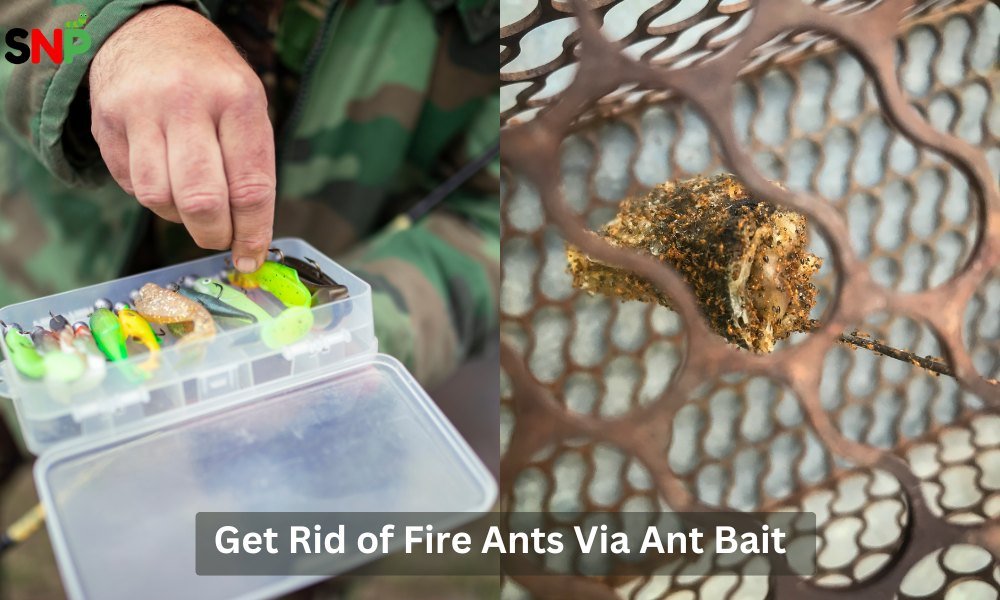
1. Try the two-step method:
- First off, spread the fire ant bait all over the infested site. This method enables the worker ants to transfer the bait to the colony and locate the queen, thus cutting off reproduction.
- It is necessary to be patient and in 2–3 days after the bait application go to the next step.
2. Treat Individual Mounds:
Apply mound drenches (using hot water, citrus oil solutions, or approved insecticides) directly onto visible mounds to kill remaining colonies. Do mound treatments again when needed to get rid of new or still persisting ones.
Repeat as required for stubborn or new mounds.
3. Reapply Baits Periodically:
To prevent reinfestation, broadcast bait once or twice a year, especially in spring and fall.
4. Monitor and Maintain:
Regularly inspect your yard for new activity and treat promptly to stop colonies from reestablishing.
5. Consider Professional Help:
For big and stubborn infestations, consult pest control professionals. They offer targeted, long-lasting solutions.
Conclusion
If you want a reliable, expert assistance in the field, just leave it to SayNoPest.
You can take the necessary measures at the earliest moment, in this way, you take the forefront of not only your safety but the well-being of your family. Be aware that without the right information, and no good plan of action on how to get rid of fire ants, there is nothing you can achieve.
